| Content | Nose aesthetics, which is the most preferred operation among aesthetic surgeries, is performed for a beautiful nose that is compatible with the face and liked by the person himself and his surroundings. In recent years, natural-looking noses that can fully fulfill the functions of the nose have been preferred in rhinoplasty. Before undergoing rhinoplasty, it is important for the person to question their own expectations, to express what they want correctly by consulting an experienced doctor, and then to decide together with the doctor the most suitable nose structure and surgery method.
Face is the most striking region of the person at first glance, the correction of deformities in this region is very important in terms of aesthetics and psychology. Thanks to the development of the techniques applied in the field of medicine and the discovery of innovative methods, rhinoplasty can be performed in today's conditions as much simpler operations than in the past. |
| EXECUTIVE WOMEN CHECK-UP |
| LABORATORY ANALYSIS |
| Glucose |
To determine whether or not your blood glucose level is within normal ranges; to screen for, diagnose, and
monitor diabetes, and to monitor for the presence of hypoglycaemia (low blood glucose) and hyperglycaemia (high blood glucose) |
| HbA1c |
To monitor average blood glucose levels over a 3 month period. Used to help diagnose and monitor people
with diabetes. |
| Urea (Bun) |
To measure how much of waste product you have in your blood. It is used to determine how well your kidneys
are working |
| Creatinine |
To assess kidney functions |
| Uric Acid |
To diagnose kidney disorder,diagnose and monitor people with gout, monitor kidney function. |
| Complete Urinalysis Test |
To look for metabolic and/or kidney disorders and for urinary tract infections |
| Total Cholesterol |
To screen for risk of developing cardiovascular disease (heart disease, stroke and related diseases); to monitor treatment |
| LDL Cholesterol |
| HDL Cholesterol |
| Triglycerides |
| AST (SGOT) |
To diagnose liver, bile duct and heart diseases. |
| ALT (SGPT) |
| GGT |
To screen for liver disease or alcohol abuse; and to help your doctor tell whether a raised concentration
of alkaline phosphatase (ALP) in the bloodstream is due to liver or bone disease |
| ALP |
To screen for or monitor treatment for liver or bone disorder |
| Chloride |
To determine if there is a problem with your body’s acid-alkali (pH) balance and to monitor treatment |
| Calcium |
To scan, diagnose, and monitor a range of conditions relating to the bones, heart, nerves, kidneys, and teeth. |
| Phosphate |
To help in the diagnosis of conditions known to cause abnormally high or low levels |
| Amylase |
To diagnose pancreatitis or other pancreatic diseases |
| Magnesium |
To measure the concentration of magnesium in your blood and to help determine the cause of
abnormal calcium and/or potassium levels |
| C-Reactive Protein (CRP) |
To identify the presence of inflammation, to determine its severity, and to monitor response to treatment. |
| 25 Hydroxy Vitamin D |
To investigate a problem related to bone metabolism or parathyroid function, possible vitamin D deficiency, malabsorption, before commencing specific bone treatment and to monitor some patients taking vitamin D. |
| Rheumatoid Factor (RF) |
To help diagnose rheumatoid arthritis (RA) and Sjögren’s syndrome |
| Albumin |
To screen for liver or kidney disease especially in hospitalised patients |
| aPTT |
A part of investigation for bleeding or thrombotic episode |
| Blood Count Haemogram |
Haemogram serves as broad screening panel that checks for the presence of any diseases and infections in the
body. |
| Erythrocyte Sedimentation Rate
(ESR) |
To detect and monitor the activity of inflammation as an aid in the diagnosis of the underlying cause |
| Ferritine |
To help assess the levels of iron stored in your body |
| Vitamin B12 |
To help diagnose the cause of anaemia or neuropathy (nerve damage), to evaluate nutritional status in some
patients, to monitor effectiveness of treatment of B12 or folate deficiency |
| Free T4 |
To diagnose hypothyroidism or hyperthyroidism in adults and to monitor response to treatment |
| TSH |
To screen for and diagnose thyroid disorders; to monitor treatment of hypothyroidism and hyperthyroidism |
| HBsAg |
To detect, diagnose and follow the course of an infection with hepatitis B virus (HBV) or to determine if
the vaccine against hepatitis B has produced the desired level of immunity |
| Anti HCV |
To screen for and diagnose hepatitis C virus infection and to monitor treatment of the infection |
| Anti HIV |
To determine if you are infected with human immunodeficiency virus (HIV) |
| CEA |
In the presence of certain cancers, CEA may be used to monitor the effect of treatment and recurrence of
disease |
| CA125 |
To monitor treatment for ovarian cancer or to investigate for a possible ovarian cancer. |
| CA19-9 |
To help tell the difference between cancer of the pancreas and bile ducts and other conditions; to monitor
response to pancreatic cancer treatment and to watch for recurrence. |
| CA15-3 |
To monitor the response to treatment of breast cancer and to watch for recurrence of the disease |
| AFP |
To screen for and monitor therapy for certain cancers of the liver and testes |
| Fecal Occult Blood Test |
To screen for bleeding from the gut/intestine, which may be an indicator of bowel cancer |
| Helicobakter Pylori Antigen In
Feces |
To diagnose an infection with Helicobacter pylori (H. pylori), the bacteria that can cause peptic ulcers; to determine whether treatment has cured the infection |
| Feces Microscopy (Stool Culture) |
To determine whether you have an infection of your digestive tract due to the presence of disease-causing (pathogenic) bacteria
|
| OTHER ANALYSIS |
| Abdominal Ultrasound |
To identify diseases at organs in the abdomen, including the liver, gallbladder, spleen, pancreas, and kidneys. |
| Thyroid Ultrasound |
To characterize a thyroid nodule(s), i.e. to measure the dimensions accurately and to identify internal structure
and vascularization |
| Carotid Ultrasound |
To detect narrowing, or stenosis, of the carotid artery, a condition that substantially increases the risk of stroke |
| Chest X-Ray |
The most commonly preferred diagnostic examination to produce images of heart, lungs, airways, blood
vessels and the bones of the spine and chest |
| Breast Ultrasound (Bilateral) |
To screen suspected breast cancer or for early diagnosis and control. It is the imaging of breast with ultrasound device. |
| Mammography (Bilateral) |
| Electrocardiogram |
To measure the electrical activity of the heartbeat and hearth rhythm |
| Exercise Stress Test |
To determine how well your hearth handles work. The test can show if the blood supply is reduced in the
arteries that supply the heart |
| Eco Doppler + Color + M Mode + B
Mode |
|
| Gastroscopy |
To test that looks at the inside of your food pipe (oesophagus), stomach and the first part of your small
intestine (small bowel). |
| Colonoscopy |
To look at the whole of the inside of the large bowel to check the bowel routine and help find the cause of symptoms of bowel |
| EXAMINATIONS |
| Internal Medicine Examination |
General physical examination, evaluation of the results and recommendations. |
| Gynaecology Examination |
| Cardiology Examination |
| Ophtalmology Examination |
| Nutritionist And Dietican |
|
| INPATIENT WOMEN V.I.P. CHECK-UP |
| LABORATORY ANALYSIS |
| Glucose |
To determine whether or not your blood glucose level is within normal ranges; to screen for, diagnose, and monitor diabetes, and to monitor for the presence of hypoglycaemia (low blood glucose) and hyperglycaemia (high blood glucose) |
| HbA1c |
To monitor average blood glucose levels over a 3 month period. Used to help
diagnose and monitor people with diabetes. |
| Urea (Bun) |
To measure how much of waste product you have in your blood. It is used to
determine how well your kidneys are working |
| Creatinine |
To assess kidney functions |
| Uric Acid |
To diagnose kidney disorder,diagnose and monitor people with gout, monitor
kidney function. |
| Complete Urinalysis Test |
To look for metabolic and/or kidney disorders and for urinary tract infections |
| Total Cholesterol |
To screen for risk of developing cardiovascular disease (heart disease, stroke and related diseases); to monitor treatment |
| LDL Cholesterol |
| HDL Cholesterol |
| Triglycerides |
| AST (SGOT) |
To diagnose liver, bile duct and heart diseases. |
| ALT (SGPT) |
| GGT |
To screen for liver disease or alcohol abuse; and to help your doctor tell whether
a raised concentration of alkaline phosphatase (ALP) in the bloodstream is due to liver or bone disease |
| ALP |
To screen for or monitor treatment for liver or bone disorder |
| Chloride |
To determine if there is a problem with your body’s acid-alkali (pH) balance and
to monitor treatment |
| Calcium |
To scan, diagnose, and monitor a range of conditions relating to the
bones, heart, nerves, kidneys, and teeth. |
| Phosphate |
To help in the diagnosis of conditions known to cause abnormally high or low
levels |
| Amylase |
To diagnose pancreatitis or other pancreatic diseases |
| Magnesium |
To measure the concentration of magnesium in your blood and to help determine
the cause of abnormal calcium and/or potassium levels |
| C-Reactive Protein (CRP) |
To identify the presence of inflammation, to determine its severity, and to
monitor response to treatment. |
| 25 Hydroxy Vitamin D |
To investigate a problem related to bone metabolism or parathyroid function, possible vitamin D deficiency, malabsorption, before commencing specific bone treatment and to monitor some patients taking vitamin D. |
| RF (Rheumatoid Factor) |
To help diagnose rheumatoid arthritis (RA) and Sjögren’s syndrome |
| Albumin |
To screen for liver or kidney disease especially in hospitalised patients |
| aPTT |
A part of investigation for bleeding or thrombotic episode |
| Blood Count Haemogram |
Haemogram serves as broad screening panel that checks for the presence of any
diseases and infections in the body. |
| Erythrocyte Sedimentation Rate
(ESR) |
To detect and monitor the activity of inflammation as an aid in the diagnosis of the underlying cause |
| Ferritine |
To help assess the levels of iron stored in your body |
| Vitamin B12 |
To help diagnose the cause of anaemia or neuropathy (nerve damage), to
evaluate nutritional status in some patients, to monitor effectiveness of treatment of B12 or folate deficiency |
| Free T4 |
To diagnose hypothyroidism or hyperthyroidism in adults and to monitor
response to treatment |
| TSH |
To screen for and diagnose thyroid disorders; to monitor treatment
of hypothyroidism and hyperthyroidism |
| Folate |
Cause of anemia or neuropathy; to evaluate nutritional status in some people; to monitor the effectiveness of treatment for vitamin B12 or deficiency |
| HBsAg |
To detect, diagnose and follow the course of an infection with hepatitis B virus
(HBV) or to determine if the vaccine against hepatitis B has produced the desired level of immunity |
| Anti HCV |
To screen for and diagnose hepatitis C virus infection and to monitor treatment
of the infection |
| Anti HIV |
To determine if you are infected with human immunodeficiency virus (HIV) |
| CEA |
In the presence of certain cancers, CEA may be used to monitor the effect of
treatment and recurrence of disease |
| CA125 |
To monitor treatment for ovarian cancer or to investigate for a possible ovarian
cancer. |
| CA19-9 |
To help tell the difference between cancer of the pancreas and bile ducts and
other conditions; to monitor response to pancreatic cancer treatment and to watch for recurrence. |
| CA15-3 |
To monitor the response to treatment of breast cancer and to watch for
recurrence of the disease |
| AFP |
To screen for and monitor therapy for certain cancers of the liver and testes |
| Fecal Occult Blood Test |
To screen for bleeding from the gut/intestine, which may be an indicator
of bowel cancer |
| Helicobakter Pylori Antigen In Feces |
To diagnose an infection with Helicobacter pylori (H.pylori), the bacteria that can cause peptic ulcers; to determine whether treatment has cured the infection |
| Feces Microscopy (Stool Culture) |
To determine whether you have an infection of your digestive tract due to the presence of disease-causing (pathogenic) bacteria |
| OTHER ANALYSIS |
| White Blood Cell Count |
To screen for or diagnose a variety of conditions that can affect the number of white blood cells (WBCs), such
as an infection, inflammation or a disease |
| Coronary CT Angiography |
It is a imaging method performed by computed tomography of the coronary arteries, which are the vessels
that feed the heart, by giving contrast material through the vein of the forearm. |
| Abdominal Ultrasound |
To identify diseases at organs in the abdomen, including the liver, gallbladder, spleen, pancreas, and kidneys. |
| Thyroid Ultrasound |
To characterize a thyroid nodule(s), i.e. to measure the dimensions accurately and to identify internal structure
and vascularization |
| Carotid Ultrasound |
To detect narrowing, or stenosis, of the carotid artery, a condition that substantially increases the risk of
stroke |
| Chest X-Ray |
The most commonly preferred diagnostic examination to produce images of heart, lungs, airways, blood
vessels and the bones of the spine and chest |
| Breast Ultrasound (Bilateral) |
To screen suspected breast cancer or for early diagnosis and control. It is the imaging of breast with ultrasound device. |
| Mammography (Bilateral) |
| Cervical/Vaginal Cytology ( Thinprep PAP Test) |
For the early diagnosis of cervical cancer and infectious diseases by evaluating the cervical-vaginal sample by removing contaminants such as blood and mucus that often obscure cells in the traditional Pap smear test |
| Pap Smear |
Method for early diagnosis of Cervical cancer and infectious diseases |
| Electrocardiogram |
To measure the electrical activity of the heartbeat and hearth rhythm |
| Exercise Stress Test |
To determine how well your hearth handles work. The test can show if the blood supply is reduced in the
arteries that supply the heart |
| Eco Doppler + Color + M Mode + B
Mode |
|
| Holter Monitoring |
To track your hearth's rhythm for 24 hours |
| Ambulatory Blood Pressure
Monitoring |
To measure your blood pressure for 24 hours |
| Addenbrooke Cognitive
Evaluation |
|
| Gastroscopy |
To test that looks at the inside of your food pipe (oesophagus), stomach and the first part of your small
intestine (small bowel). |
| Colonoscopy |
To look at the whole of the inside of the large bowel to check the bowel routine and help find the cause of
symptoms of bowel |
| EXAMINATIONS |
| Internal Medicine Examination |
General physical examination, evaluation of the results and recommendations. |
| Cardiology Examination |
| General Surgery Examination |
| Gynaecology Examination |
| Ophtalmology Examination |
| Neurology Examination |
| Psychological Interview |
| Nutritionist And Dietican |
| The most preferred treatment method for patients who want to lose weight is Tube Stomach Surgery.
With the sleeve gastrectomy method, effective and permanent weight loss is aimed by reducing the stomach volume, and in this way, patients feel full faster with small portions. Since the stomach is shaped into a tube by shrinking, the desire for food decreases and the brain feels less hungry.
We approach the treatment of obesity holistically with our experienced physician staff and personalized treatment programs.
|
Vaginoplasty
Vaginoplasty is a procedure to repair the vagina. It treats a variety of medical issues, including vaginal enlargements from childbirth and complications of pelvic floor disease.
What is done during vaginoplasty?
The details of the procedure vary depending on your goals and medical needs. The vagina is reconstructed using various surgical techniques.
Who needs vaginoplasty?
- - Those seeking removal of postpartum enlargement or trauma damage to improve sexual function.
- - Women who need vaginal reconstruction after vaginal exposure to radiation or excision to treat cancer or other conditions.
- - Women who have congenital abnormalities (problems from birth) that affect the development of the vagina.
What is the difference between vaginoplasty and other vaginal operations?
- Vaginoplasty is a surgical procedure to improve the appearance or function of the vagina.Other vaginal procedures:
- - Labiaplasty operation that equalizes or shrinks the labia.
- - A vulvoplasty operation that reshapes the outer part of the vagina.
What is done before vaginoplasty?
- Before the surgery decision, your doctor will perform your physical examination to evaluate your suitability for the operation. During this physical examination, you are expected to provide information about your medical history and general health status.Your doctor will inform you about the risks, benefits and post-operative care requirements of the operation. Listening to your doctor's suggestions and recommendations will reduce the risk of complications.
What is the content of the procedure in women with postpartum deformation?
- In operations performed to correct deformations occurring during childbirth
- - Excess skin is removed,
- - Distorted anatomical lines are repaired,
- - It is ensured that the vaginal opening is reduced.
What is the content of vaginoplasty to repair congenital (birth) defects?
-
- - A functional vagina can be created.
- - Excess tissue or abnormal structures are removed.
- - The structures that cause blood to accumulate in the vagina during menstruation are repaired.
Risks / Benefits
-
- Possible risks of vaginoplasty surgery:
- - Dyspareunia (painful intercourse).
- - It can be summarized as numbness or loss of sensation (usually temporary).
In contrast, the benefits after surgery are:
- - There will be increased sexual satisfaction and self-confidence.
What is the recovery process like after vaginoplasty?
-
- Recovery can take from a few weeks to several months, depending on the extent of the surgery. Your doctor and team will provide you with all the necessary information about post-operative care after vaginoplasty.
How are the controls planned after vaginoplasty?
-
- Keeping in touch with your doctor after the surgery and not interrupting your controls will speed up your recovery process and minimize the risk of complications.
|
Breast Health Package for Women Over 40
Our Breast Health Center, which is a part of Yaşam Hospital Oncology Center, offers all the possibilities of technology to provide the best care to every woman.
What is Mammography?
Mammography is the low-dose X-ray imaging of the breast tissue to look for early signs of breast cancer before symptoms develop. It can also be used for due diligence when a new symptom (lump or focal pain) develops in the breast tissue.
When viewed on a mammogram, breast tissue appears white and opaque (nebula), while fatty tissue appears darker and translucent.
When Should a Mammogram Be Done?
Annual screening mammograms are recommended for all women from the age of 40. Women who do not have any breast-related signs or symptoms are also screened. If an abnormality is present or patients have a new symptom (a lump or focal pain), additional evaluation may be required. Further examination will reveal what these suspected abnormalities are.
What Percent of Women Who Have Had Mammography Have Risky Situations?
Potential abnormalities are found in 6 to 8 percent of women who get mammograms. This group undergoes different additional evaluations, which may include breast physical examination, diagnostic mammography, breast ultrasound or needle biopsy.After these additional evaluations are completed, it becomes clear what the abnormalities found on the mammogram are.
What Does an Abnormality Look Like on a Mammogram?
The possible abnormality on a mammogram may be called a nodule, mass, lump, density or deterioration:
A mass (lump) with a smooth, well-defined border is usually benign.
Ultrasound is necessary to see and identify the inside of a mass. If the mass contains fluid, it is called a cyst.
A mass (lump) with irregular borders or a starburst appearance may be cancerous and a biopsy is usually recommended.
Microcalcifications (small calcium deposits) are another type of abnormality. They can be classified as benign, suspicious, or uncertain. Most microcalcifications are benign. Depending on how the microcalcifications appear in additional studies (magnification views), a biopsy may be recommended.
What is the Accuracy Rate of Mammography?
Diagnoses made by mammography are between 85 percent and 90 percent accurate. Mammograms can detect breast abnormalities before they are large enough to be felt. However, a palpable mass may not be seen on a mammogram. Any abnormality you feel while examining your breasts should be evaluated by your doctor.
What Should Be Considered Before Mammography?
You can follow your normal routine before the mammogram. You can take your medications and maintain your eating and drinking patterns. If you are breastfeeding, pregnant or think you may be pregnant, you should tell your doctor as your mammogram may need to be postponed.
What Should I Pay Attention to When Coming to My Mammography Appointment?
The technician will ask you to remove one breast from your bib at a time and place it on the chest support plate. The image of the breast is taken by clamping it between two plates. In the meantime, pressure is applied to the breast, preventing the breast from moving. This pressure spreads the breast tissue, allowing the radiologist to see the tissue better. Also, the least amount of radiation is used when the breast is compressed as finely as possible.
You may feel some discomfort during 3-5 seconds of pressure. If you cannot tolerate the pressure, please let the technician know. Pressure can be more bothersome at some times in a woman’s menstrual cycle. To minimize discomfort, we recommend scheduling your appointment seven to 10 days after the start of your period.
How is a Mammogram Taken?
The technician will ask you to remove one breast from your bib at a time and place it on the chest support plate. The image of the breast is taken by clamping it between two plates. In the meantime, pressure is applied to the breast, preventing the breast from moving. This pressure spreads the breast tissue, allowing the radiologist to see the tissue better. Also, the least amount of radiation is used when the breast is compressed as finely as possible.
You may feel some discomfort during 3-5 seconds of pressure. If you cannot tolerate the pressure, please let the technician know. Pressure can be more bothersome at some times in a woman’s menstrual cycle. To minimize discomfort, we recommend scheduling your appointment seven to 10 days after the start of your period.
How Does the Process Proceed After Mammography?
There may be temporary skin discoloration and/or mild pain in the chest due to compression. Most women will be able to resume their normal activities soon after their mammogram. Your results will be available within a few days after the test. After getting the results, your doctor will explain everything to you.
How Often Should You Have a Mammogram?
Regular mammograms every year, starting at the age of 40, will enable you to recognize potential risks early.
What Does the Breast Health Package Consist of?
Breast health package consists of General Surgery Examination and Mammography |

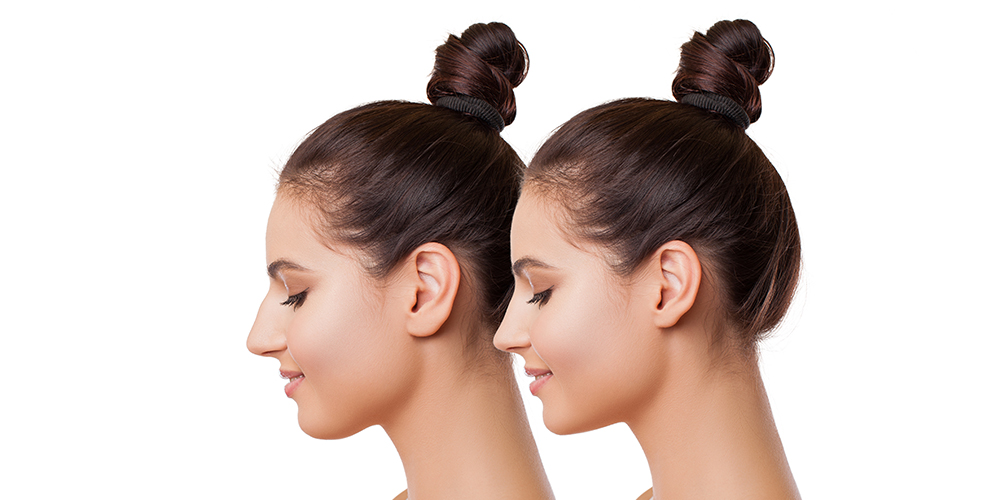

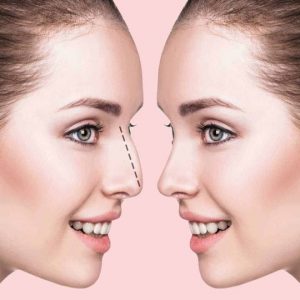

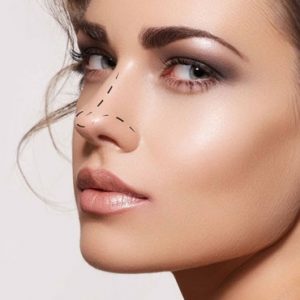
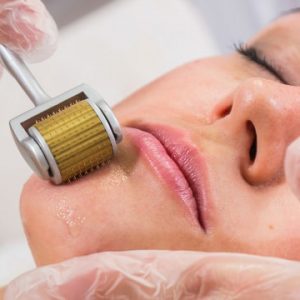

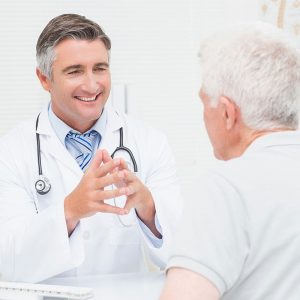



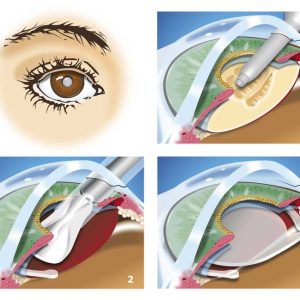
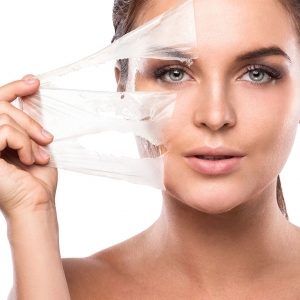

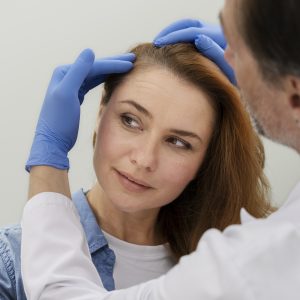

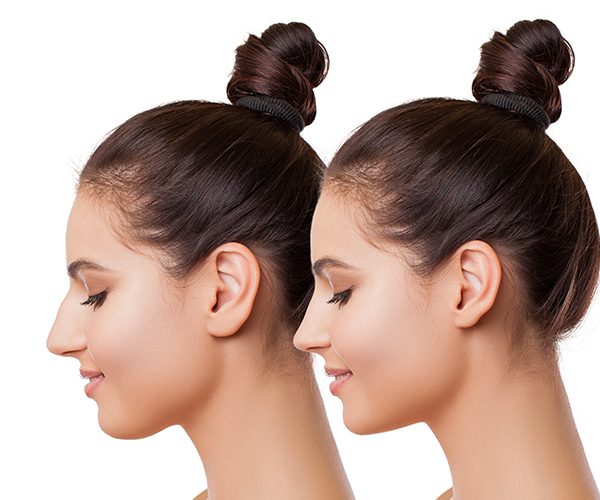
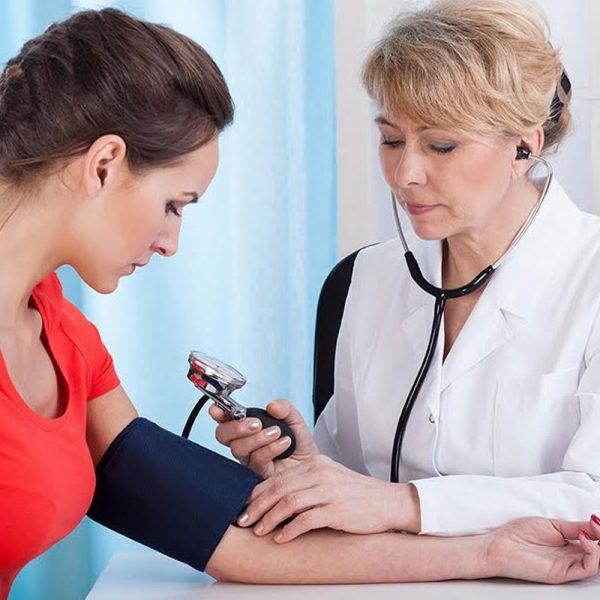
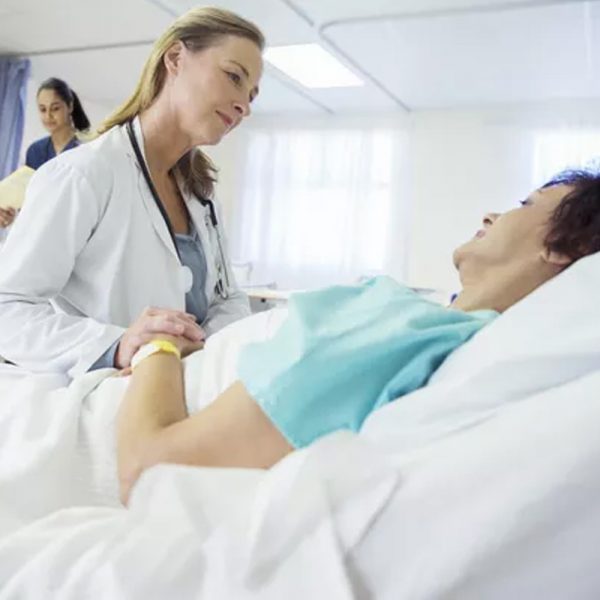



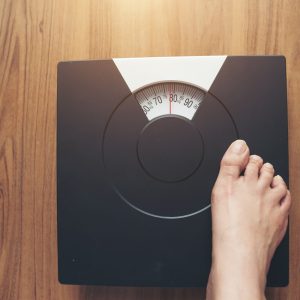

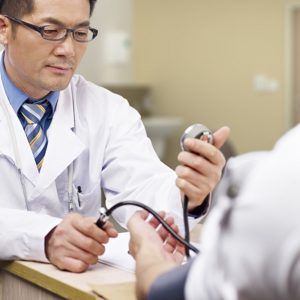


Reviews
There are no reviews yet.